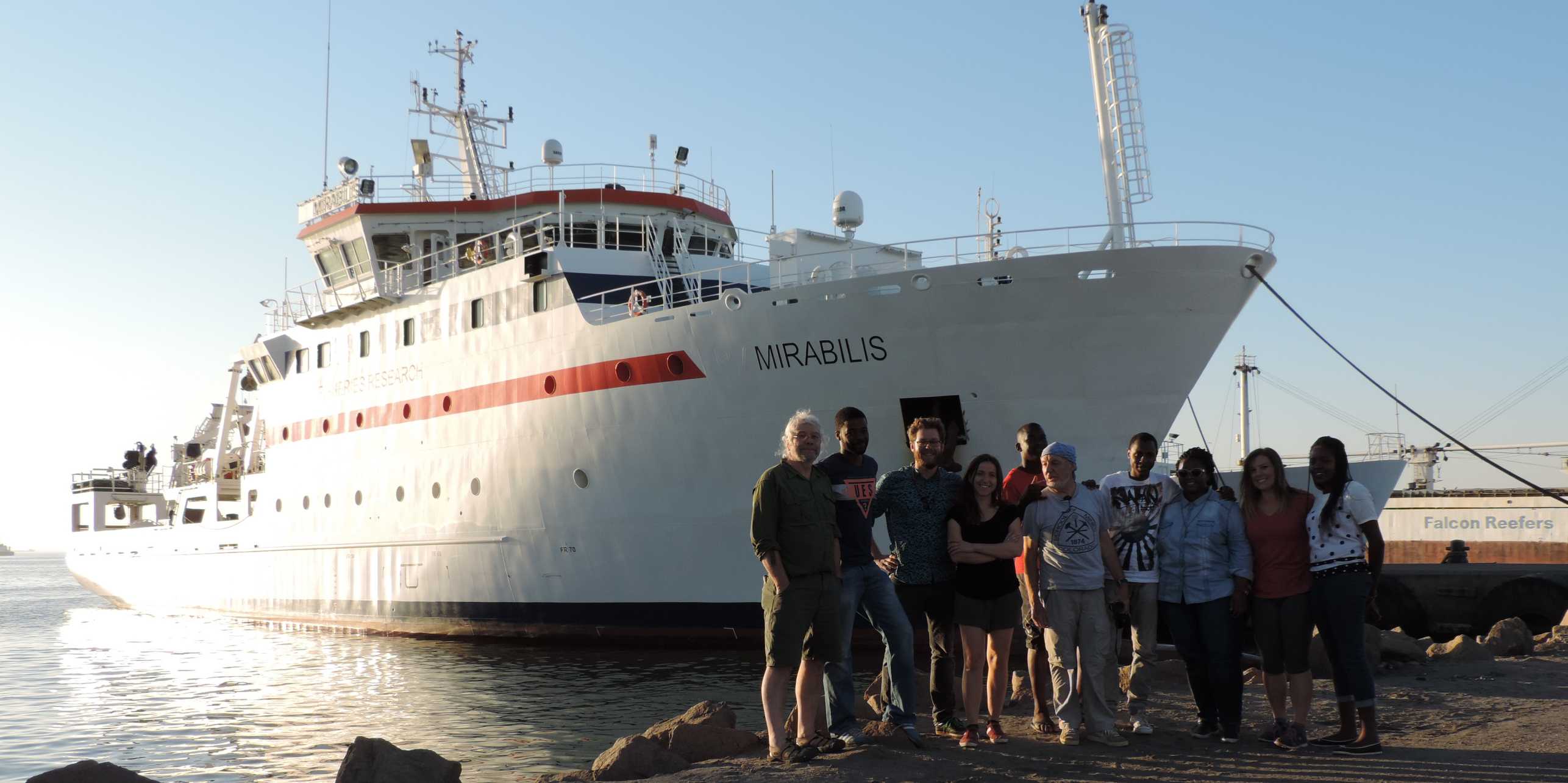Rosetta Stone

Deciphering the palaeoclimate “Rosetta Stone”
Lead
Establishing accurate chronostratigraphic records is essential for any paleoclimatic work, especially for those aimed at constraining rapid climate variation. The majority of paleoclimate studies for the last 40,000 years from marine sediment cores adopt a single age-depth model based on radiocarbon dating of foraminifera shells. This age-depth model is applied to all proxy records obtained from the same core, assuming that the 14C ages of the different proxy-bearing components of the sediment are co-eval, being formed and deposited synchronously. However, prior studies have shown that 14C ages of different components residing within the same sediment layer can differ by several thousand years, leading to serious aliasing between a measured proxy and the applied chronology for the core, confounding interpretations of paleoclimatic signals.
Marine sediment sequences from the so-called "Shackleton sites" (SW Iberian Margin in the NE Atlantic Ocean) allow direct correlation of marine signals with both Arctic and Antarctic ice records, and terrestrial sequences. Given the attention focused on this key region, a prerequisite must be the careful assessment of the provenance and fidelity of proxy signals. Results of a preliminary investigation undertaken in the Biogeoscience group at ETH provide compelling evidence for temporal de-coupling between proxies based on micro-, nanno-, and molecular fossils from a sediment core on the Shackleton sites, potentially aliasing records for corresponding proxies.
Objectives
A marine sediment core retrieved from one of the Shackleton Sites will be extensively analyzed to provide precise age control based on 14C measurements on planktonic foraminiferal shells, bulk organic carbon, coccoliths, and alkenones.
The derived information will be used to assess the extent and nature of age offsets, and their influence on the accuracy of proxy reconstructions in the Shackleton sites.
Deriving age characteristics of these different constituents will also provide essential information on the hydrodynamic processes that affects them.
Finally, an informed interpretation and reevaluation of high‐resolution qualitative information on past surface water conditions, and on hydrodynamic variability during the last deglaciation and the Holocene will be performed.
Scientific an Social Context of the Research Project
The history of the Earth’s climate 25,000 years ago to the present day, spanning the transition from the last glacial maximum into the Holocene, and now the Anthropocene, has garnered increasing attention by the scientific community. In particular, documenting and understanding past short-term climate variability across this transition is considered essential for assessment of the nature and pace of climatic change in the future (IPCC, 2013). This project will yield unique and key insights into the fidelity of proxy records at a pivotal site for paleoceanographic and paleoclimate reconstructions that are expected to have a broad impact.
The obtained results will benefit future investigations of this key area, shedding light on the effects of age distortions between proxies on the interpretation of paleoclimatic signals.
Project member
- Blanca Ausin